History’s biggest engineering blunders
Engineering marvels often represent the pinnacle of human achievement, but what happens when things don’t go as planned? From architectural wonders to groundbreaking technology, history is peppered with projects that turned into cautionary tales. These blunders remind us that even the most meticulously designed plans can sometimes spiral into chaos. In this article, we’ll explore some of the most notorious engineering missteps, where ambition met reality with unintended results.
The Leaning Tower of Pisa: A Century-Long Tilt
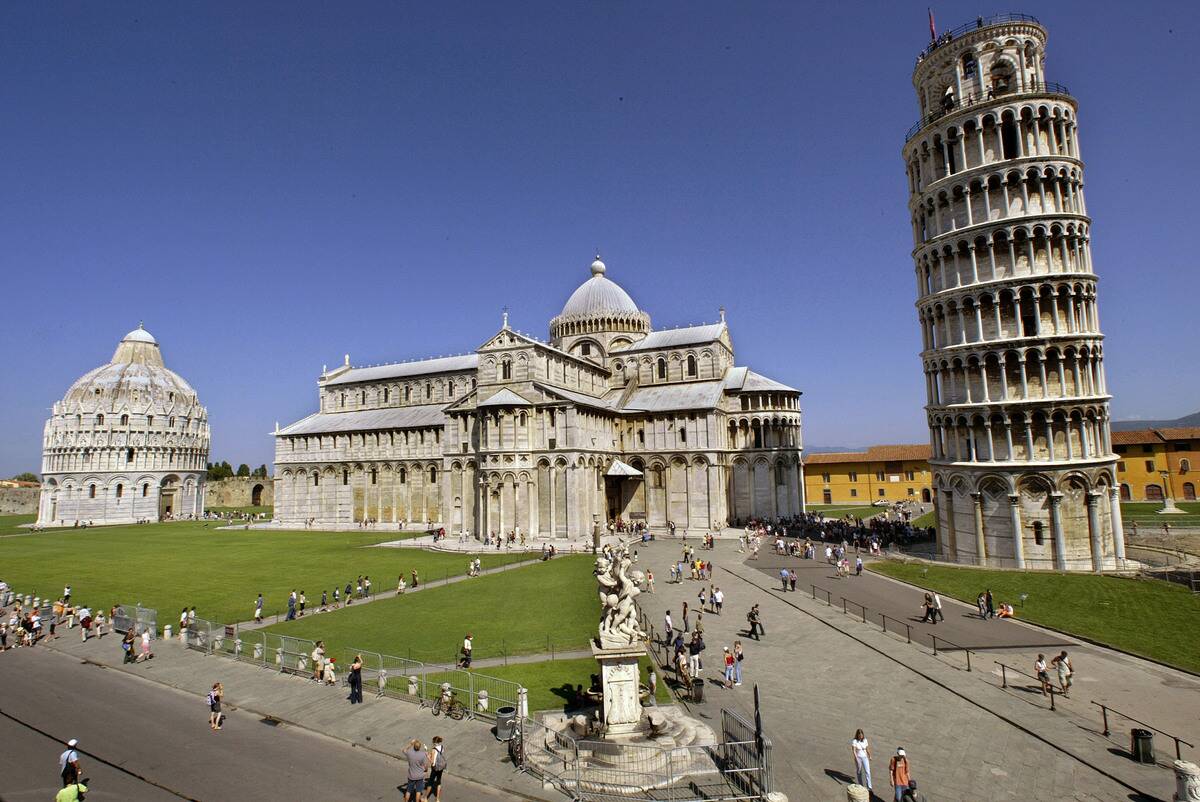
Ah, the Leaning Tower of Pisa—a landmark that has delighted tourists for centuries with its unintended tilt. Construction began in 1173, but due to the soft ground beneath, the tower began leaning even before it was completed. Engineers have since stabilized it, but the tilt remains a characteristic quirk. Interestingly, the lean wasn’t just due to poor planning; ongoing wars in the region delayed construction, which inadvertently allowed the soil to settle and prevent a complete collapse.
The Titanic: An Unsinkable Disaster
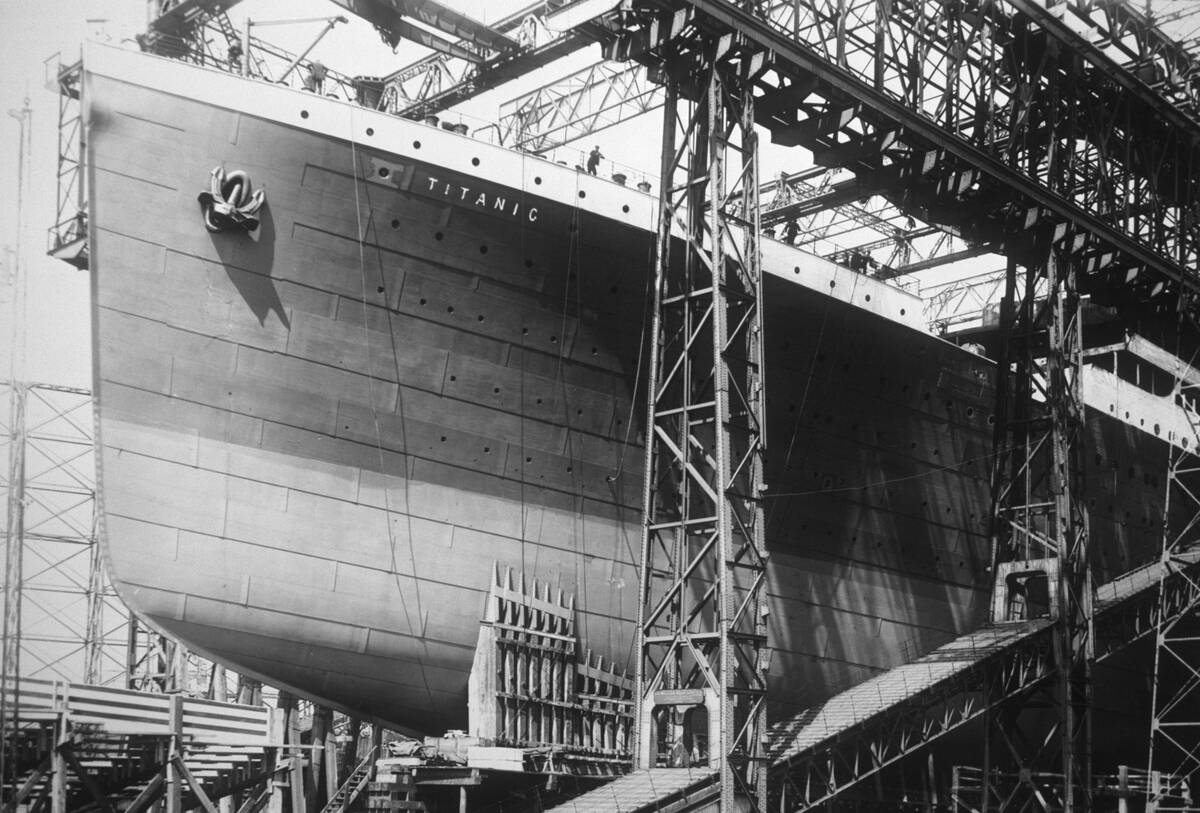
The Titanic was famously dubbed ‘unsinkable,’ but its maiden voyage in 1912 ended in tragedy. Designed with advanced safety features of the time, the ship hit an iceberg and sank, claiming over 1,500 lives. The disaster was a wake-up call for maritime safety, leading to changes in lifeboat regulations and the establishment of the International Ice Patrol. The Titanic remains a haunting lesson in hubris and the limits of human engineering.
The Tacoma Narrows Bridge: The Wobble Heard ‘Round the World
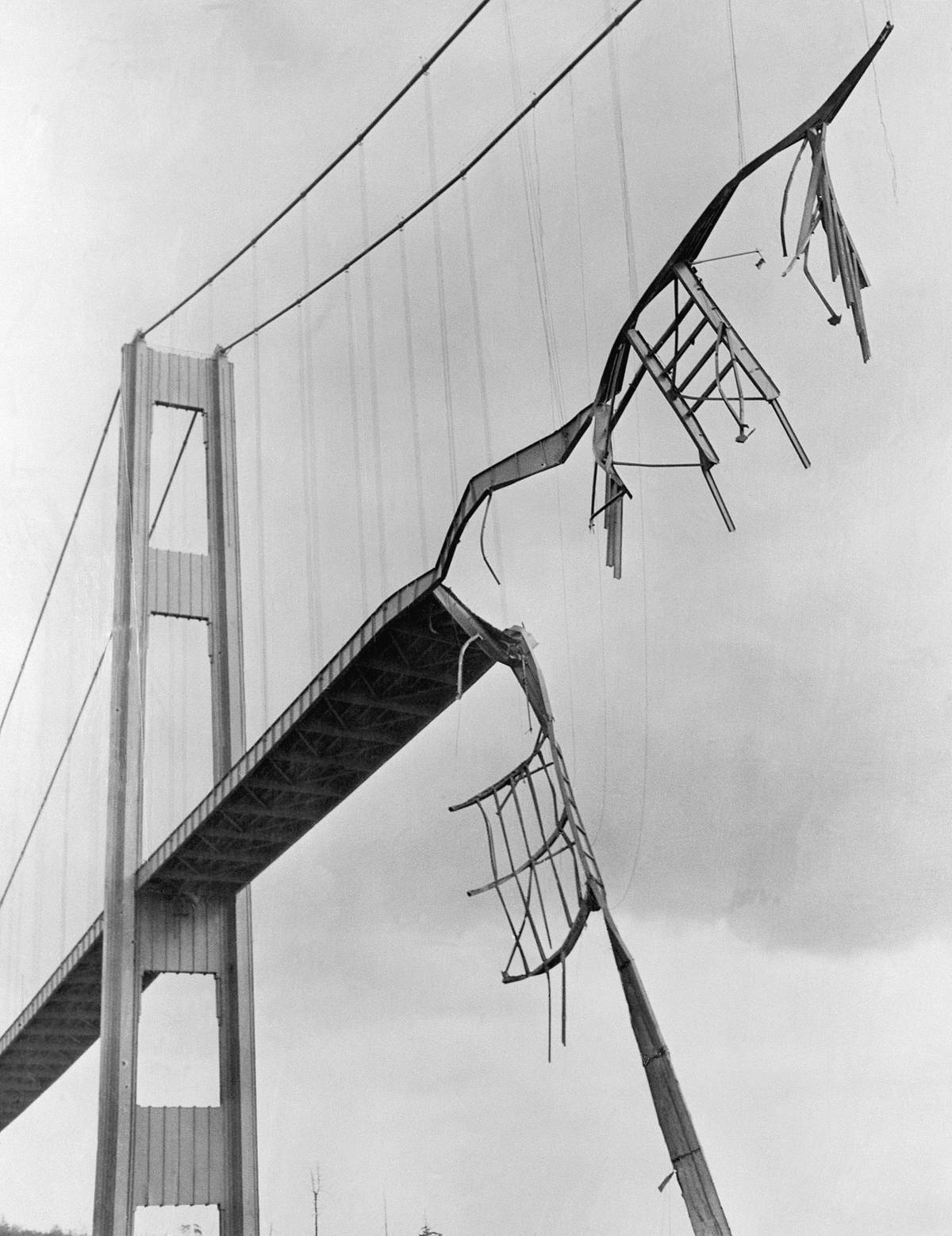
The Tacoma Narrows Bridge, nicknamed “Galloping Gertie,” became infamous for its dramatic collapse in 1940. Strong winds caused the suspension bridge to oscillate wildly, ultimately leading to its failure. The collapse was a spectacular example of aeroelastic flutter—a phenomenon not fully understood at the time. Today, the bridge serves as a textbook case in engineering courses, illustrating the importance of aerodynamic stability in bridge design.
The Mars Climate Orbiter: Lost in Translation
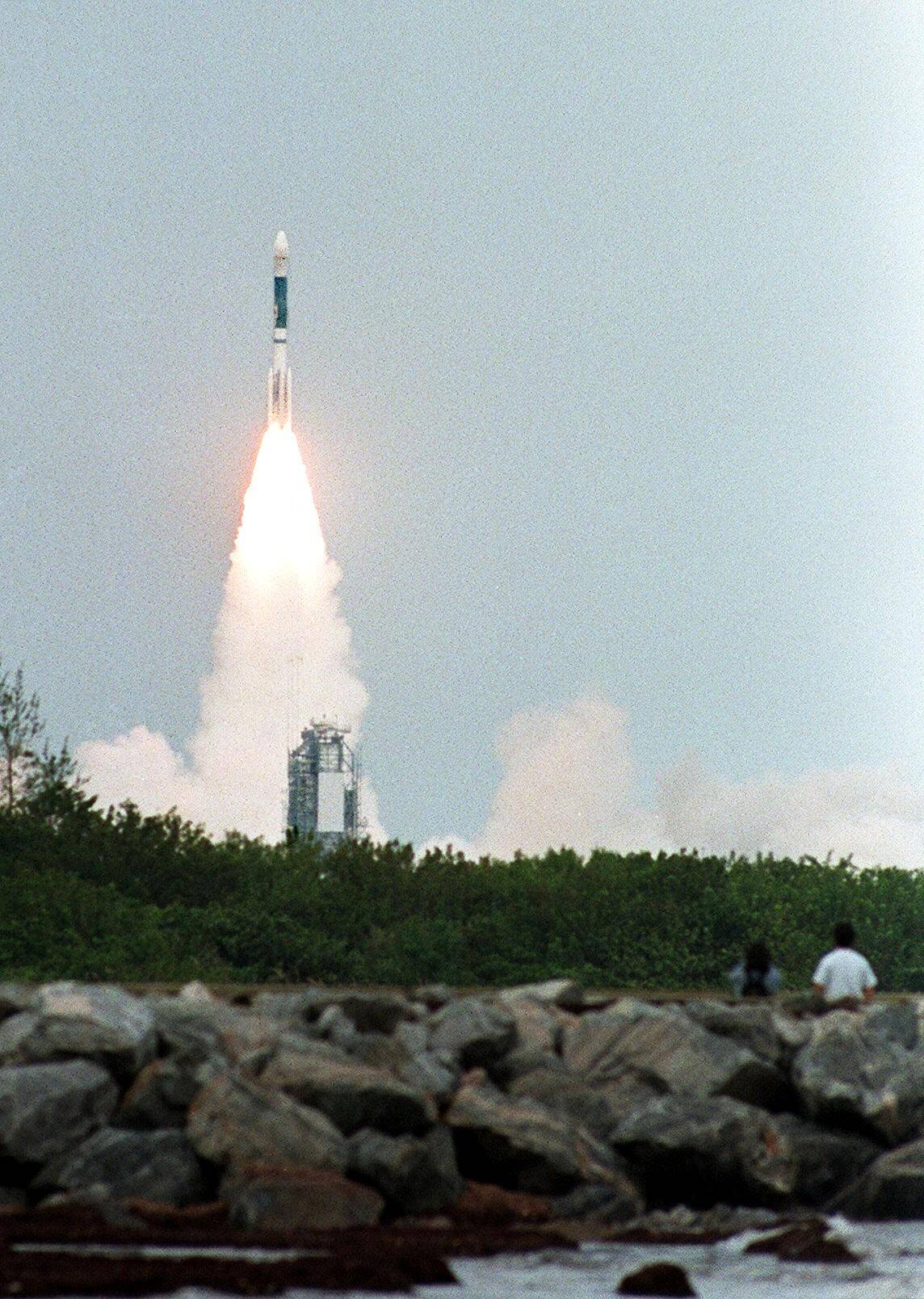
In a classic case of ‘lost in translation,’ the Mars Climate Orbiter met its demise in 1999 due to a metric conversion mishap. The spacecraft was intended to study Mars’ climate, but a mix-up between metric and imperial units caused it to enter the Martian atmosphere at the wrong angle and disintegrate. This blunder cost NASA $327.6 million and highlighted the critical need for standardized units in international projects.
The Chernobyl Disaster: A Radioactive Misstep
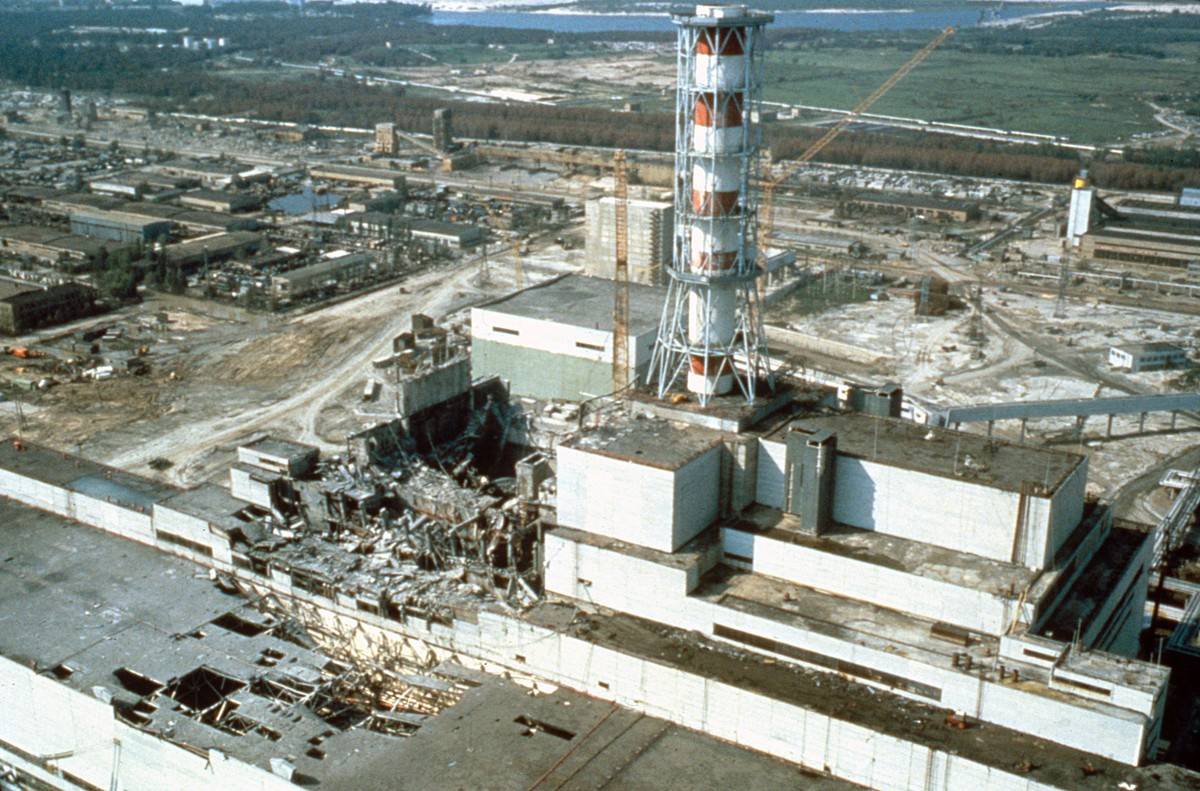
The Chernobyl disaster of 1986 remains one of the most catastrophic nuclear accidents in history. A flawed reactor design coupled with inadequate safety protocols led to an explosion that released massive amounts of radioactive material. The incident exposed critical weaknesses in Soviet reactor designs and emergency response strategies. It resulted in widespread environmental contamination and has had lasting impacts on nuclear policy and safety standards worldwide.
The Vasa Shipwreck: Top-Heavy Trouble
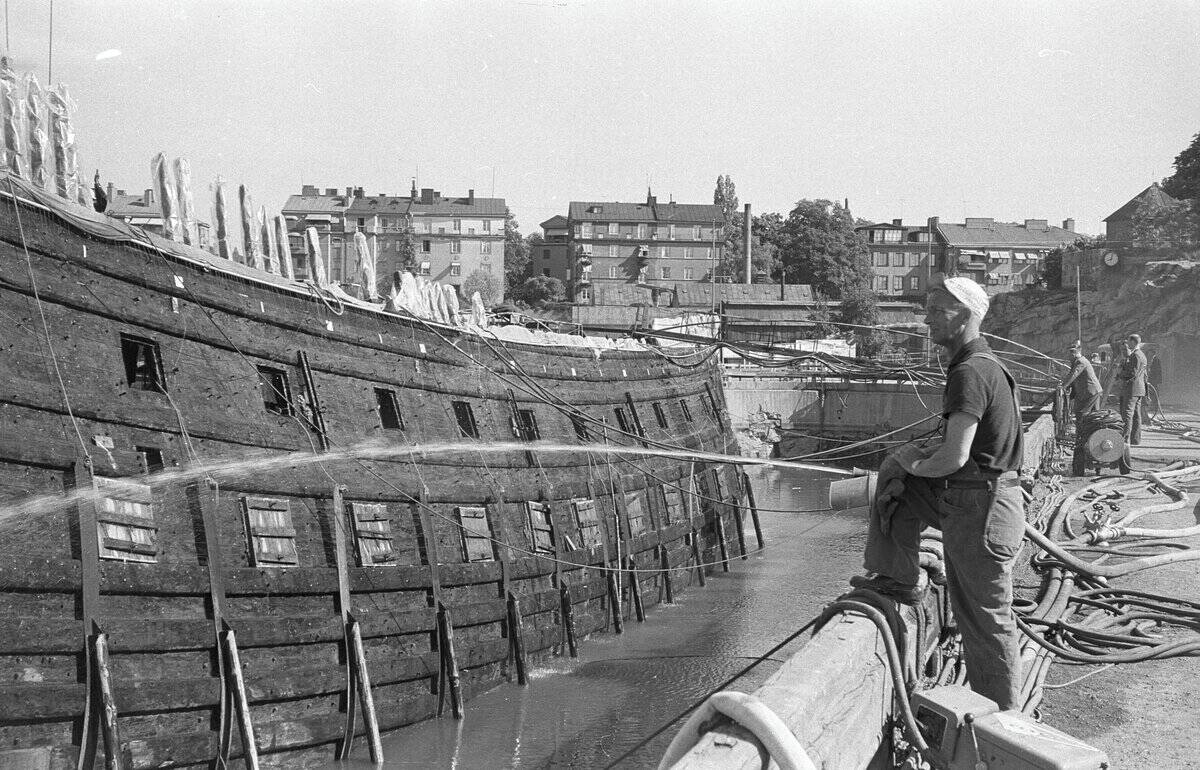
The Vasa, a Swedish warship, sank on its maiden voyage in 1628, just a mile into its journey. The ship was top-heavy with too many cannons and insufficient ballast, leading to its quick capsize. Despite its failure, the Vasa was salvaged in 1961 and is now a major tourist attraction in Stockholm. The ship serves as a lesson in the dangers of overambition and inadequate testing in engineering projects.
The Walkie-Talkie Skyscraper: A Melting Marvel

London’s Walkie-Talkie skyscraper, officially known as 20 Fenchurch Street, gained notoriety for its unexpected ability to melt cars. The building’s concave design focused sunlight into intense beams that scorched the streets below. This unusual feature led to a quick redesign, including a permanent sunshade to prevent further damage. The incident served as a quirky reminder of the importance of considering environmental factors in architectural design.
The Hyatt Regency Walkway Collapse: A Structural Tragedy
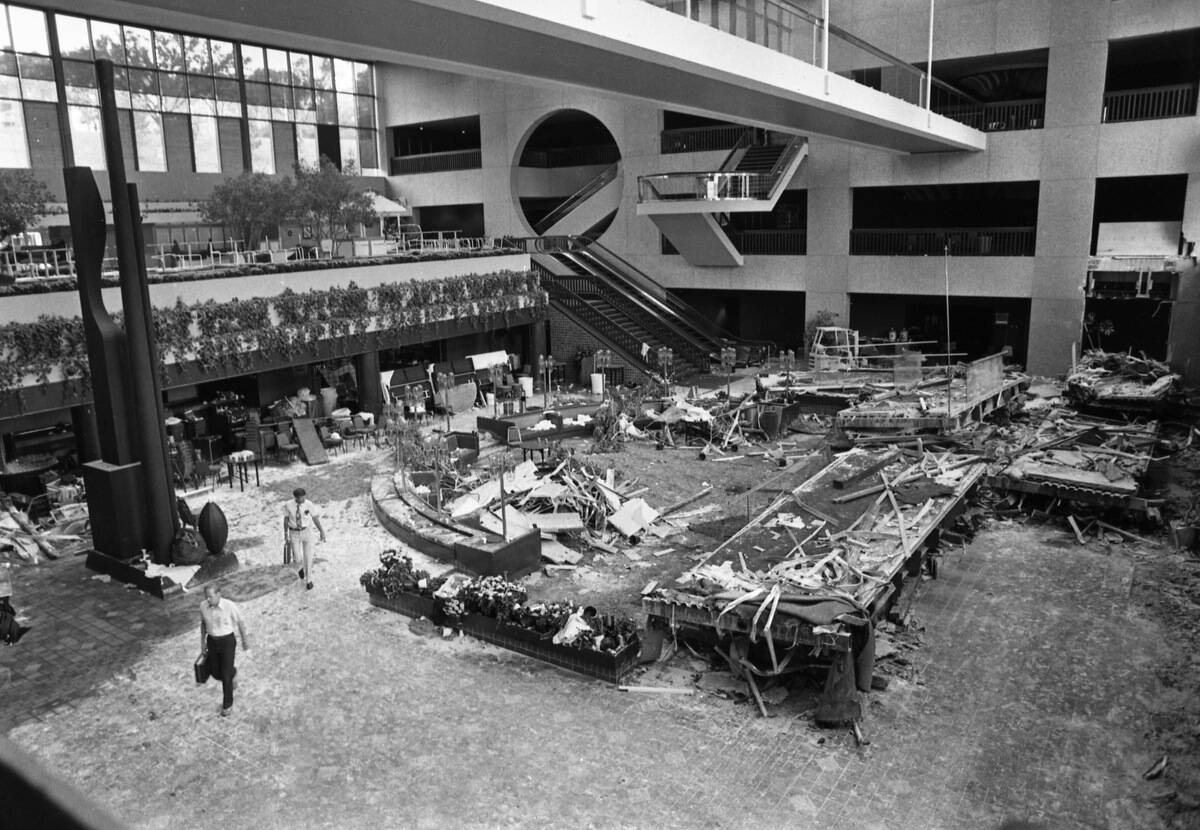
The Hyatt Regency walkway collapse in Kansas City, Missouri, in 1981 was one of the deadliest structural failures in U.S. history. A design change during construction led to a flawed connection in the walkways, which ultimately collapsed under the weight of spectators, killing 114 people. This tragedy highlighted the crucial importance of rigorous engineering oversight and adherence to safety standards in construction projects.
The Millennium Bridge: A Shaky Start
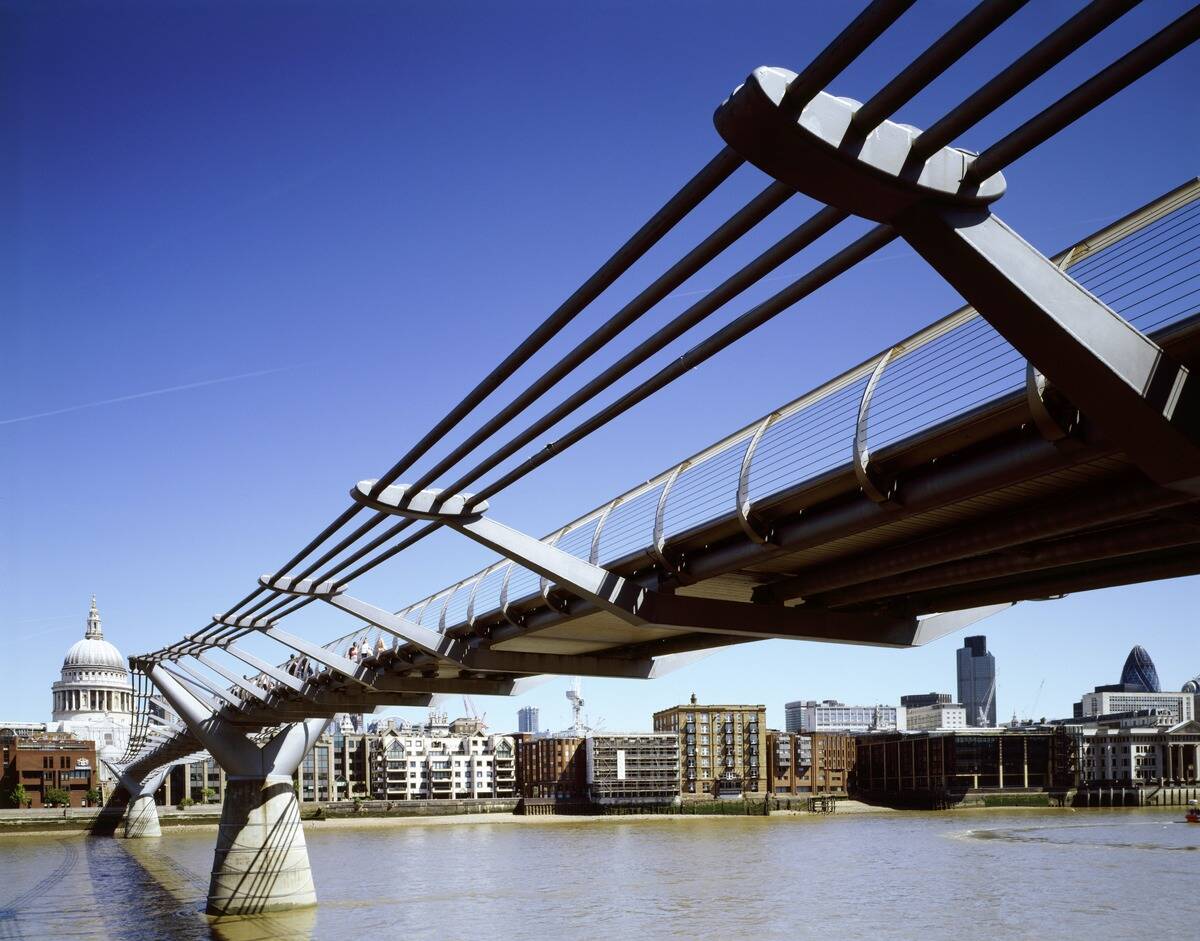
London’s Millennium Bridge opened in 2000 to much fanfare, only to close again days later due to excessive swaying. The pedestrian bridge experienced a phenomenon known as lateral synchronous excitation, where the footfalls of pedestrians caused it to wobble alarmingly. Engineers added dampers to stabilize the bridge, and it reopened successfully in 2002. The project serves as a fascinating case study in human-induced vibration and the unpredictability of crowd dynamics.
The Hubble Space Telescope: A Blurred Vision
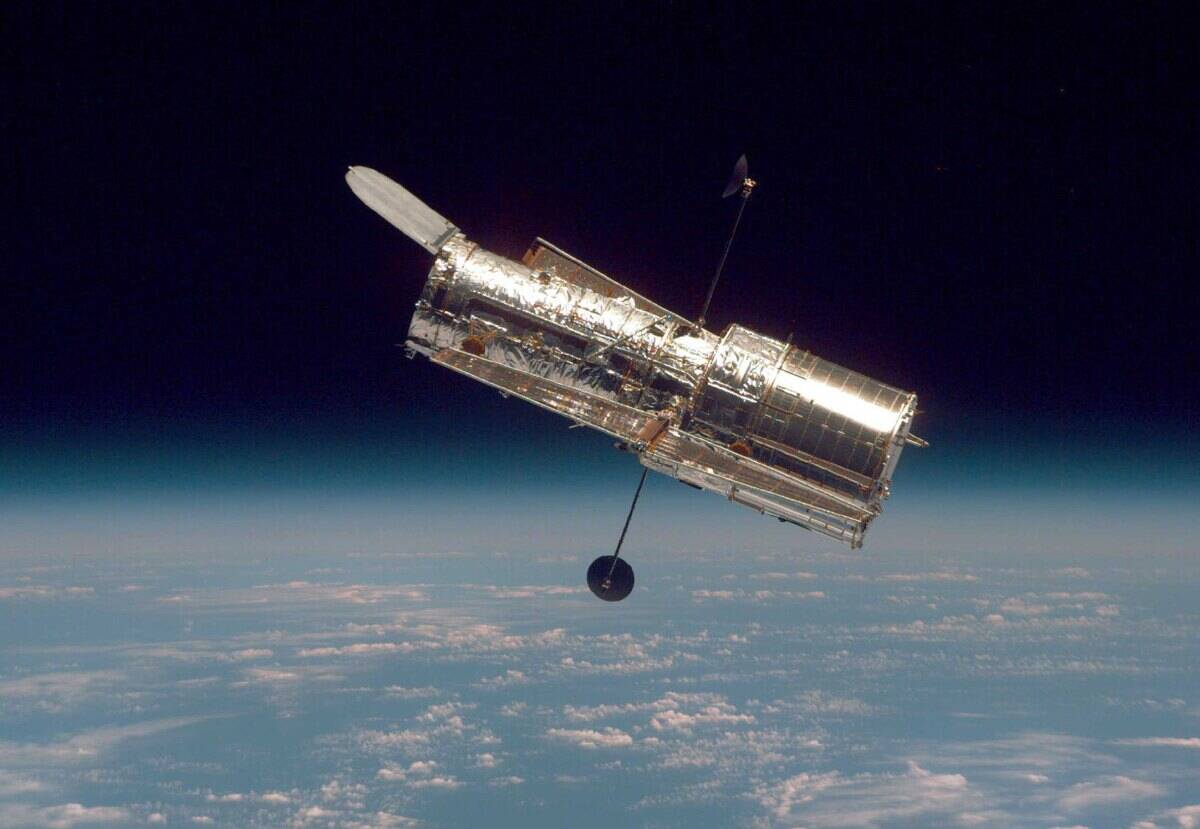
Launched in 1990, the Hubble Space Telescope initially disappointed with blurry images due to a flawed mirror. Fortunately, NASA conducted a repair mission in 1993 that corrected the optics, allowing Hubble to deliver spectacular images of the universe. This hiccup underscored the importance of precision testing and quality control in space missions. Despite its early blunder, Hubble has since contributed immensely to our understanding of the cosmos.
The Berlin Brandenburg Airport: A Never-Ending Saga

Berlin Brandenburg Airport, initially slated to open in 2011, became infamous for its repeated delays and construction problems. Issues ranged from fire safety system failures to mismanaged planning, turning the project into a financial and political quagmire. It finally opened in 2020, nearly a decade late, at a cost far exceeding initial estimates. The airport’s troubled history serves as a cautionary tale in infrastructure planning and project management.
The Deepwater Horizon Spill: A Deep-Sea Catastrophe
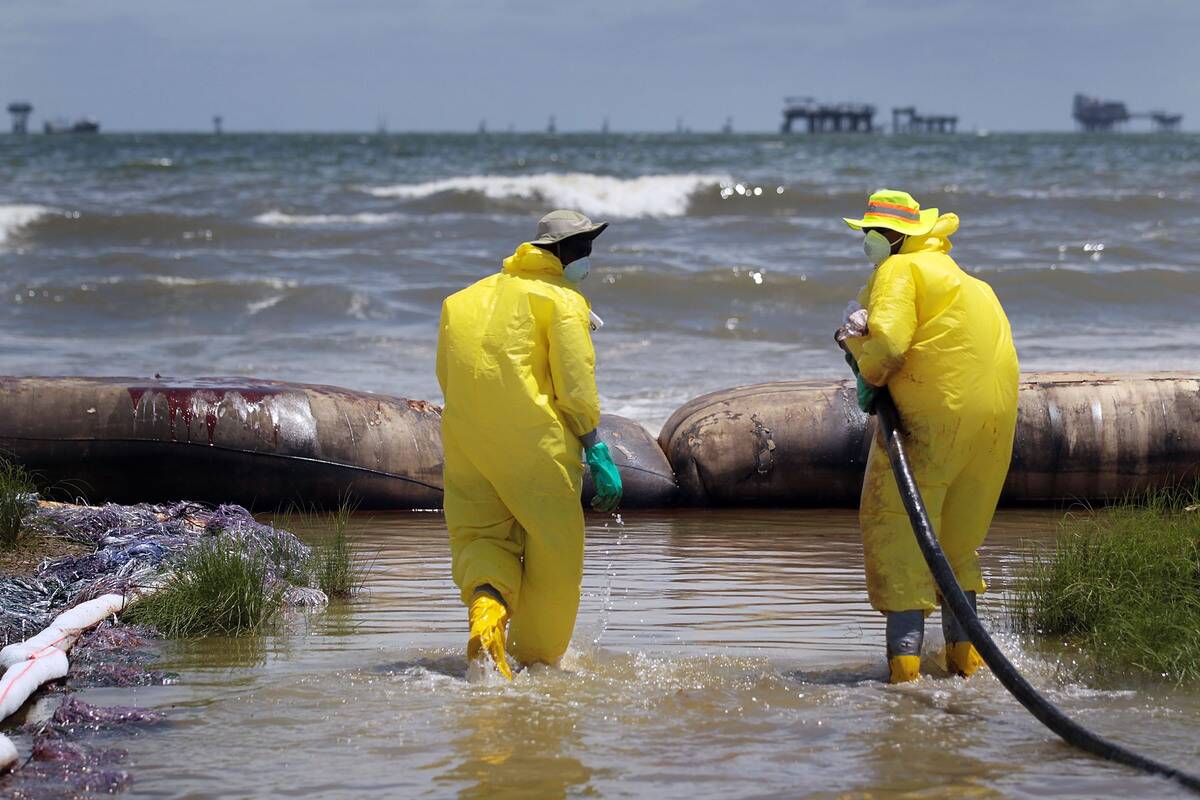
The Deepwater Horizon oil spill in 2010 remains one of the worst environmental disasters in U.S. history. An explosion on the offshore drilling rig led to a massive oil leak in the Gulf of Mexico, affecting marine life and coastal economies. The incident exposed serious oversights in safety protocols and regulatory oversight in the oil industry. It prompted widespread changes in offshore drilling regulations and emergency response strategies.
The Boston Big Dig: A Costly Underground Adventure
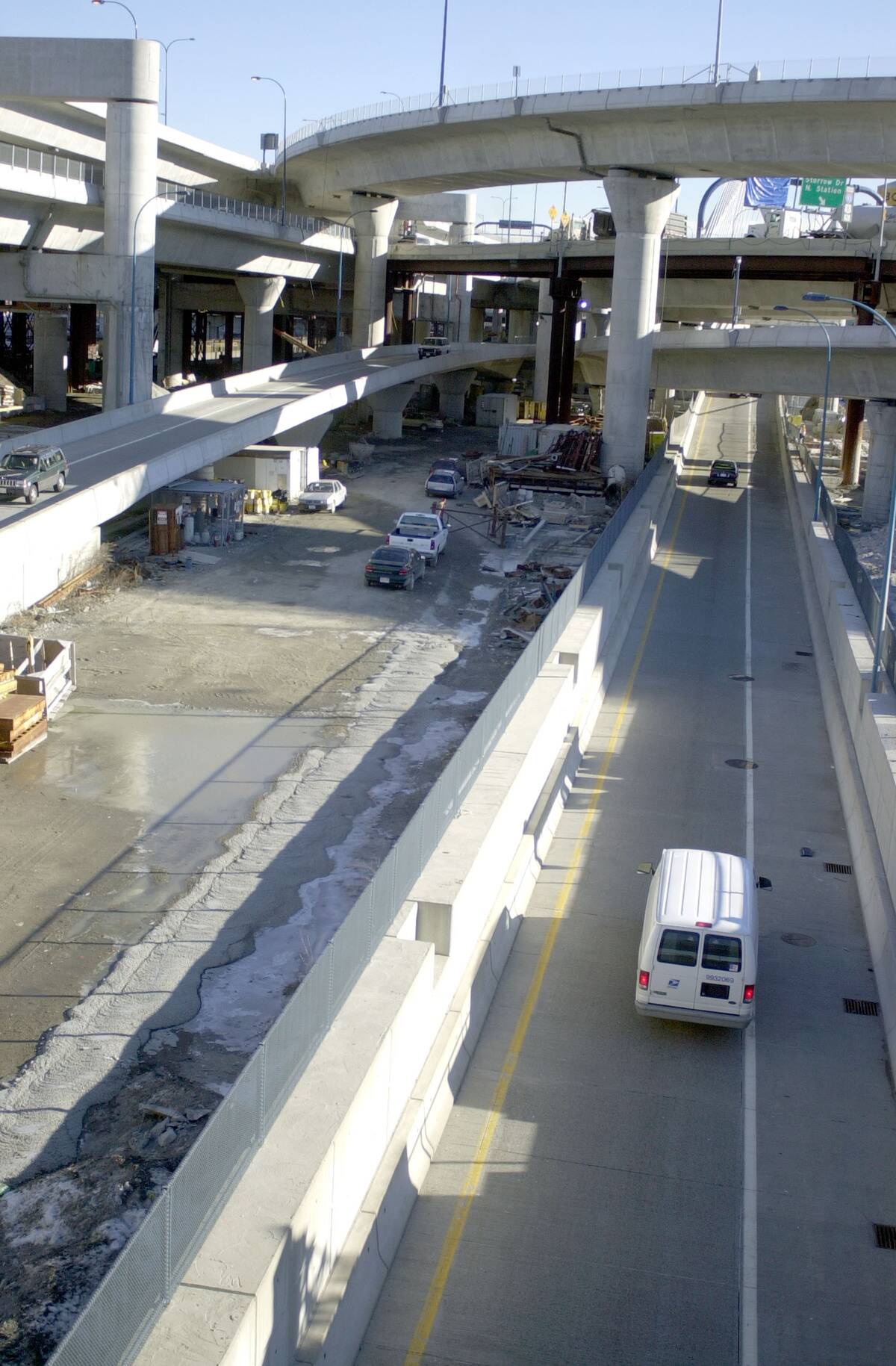
Boston’s Big Dig was an ambitious infrastructure project aiming to alleviate traffic congestion by rerouting the Central Artery underground. However, the project faced numerous challenges, including cost overruns, delays, and structural issues, ballooning the final price to nearly $15 billion. Completed in 2007, the Big Dig serves as a lesson in the complexities of urban planning and the critical need for effective project management and oversight.
The Sampoong Department Store Collapse: A Fatal Oversight
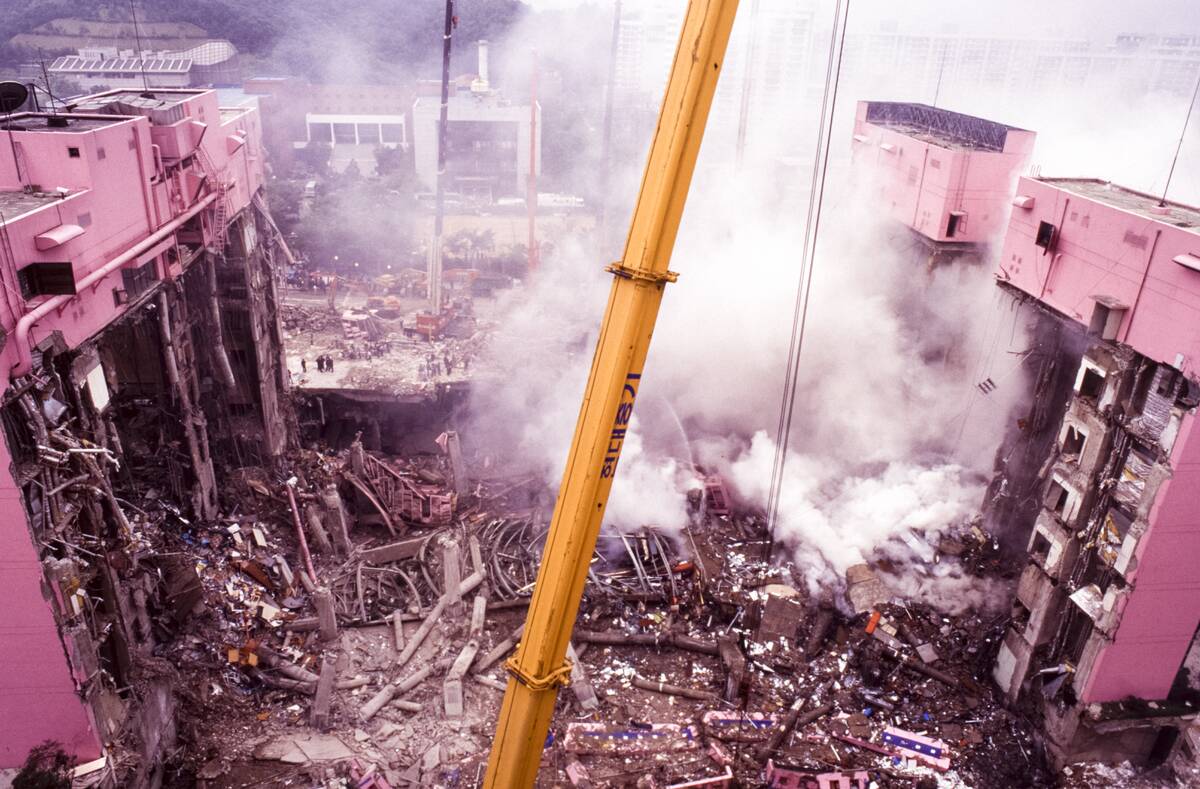
The Sampoong Department Store collapse in Seoul, South Korea, in 1995 was a devastating incident that resulted in over 500 deaths. The building’s construction was plagued by design changes and poor workmanship, culminating in a catastrophic failure. Investigations revealed that shortcuts taken during construction were to blame. This tragedy underscored the dire consequences of negligence and the imperative for stringent safety standards in building practices.



